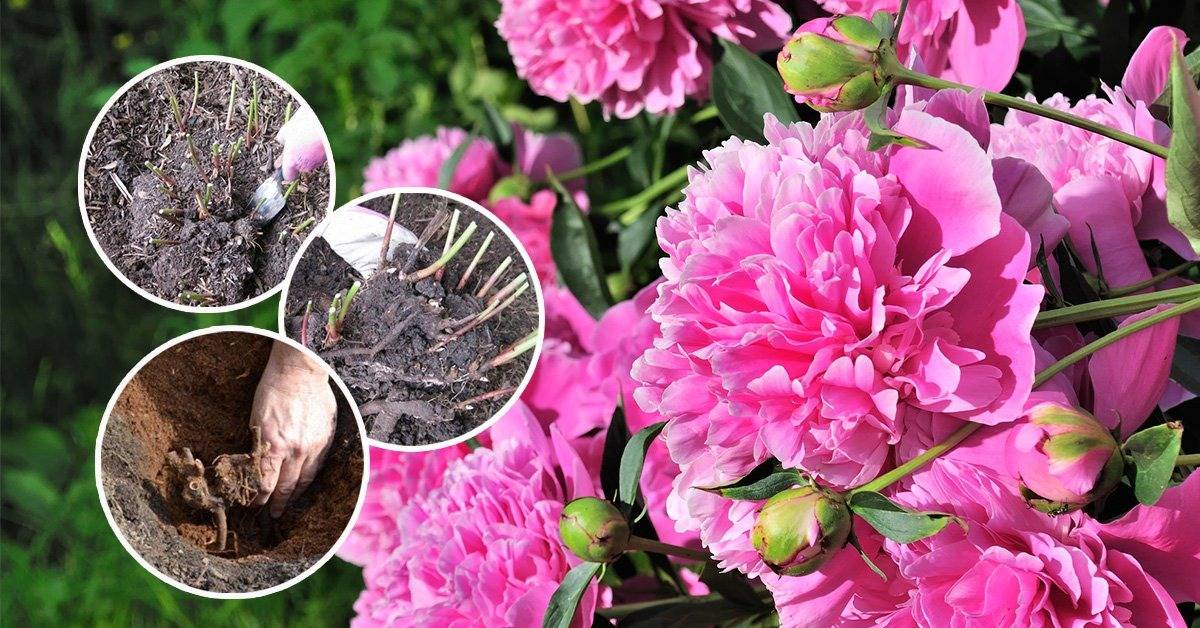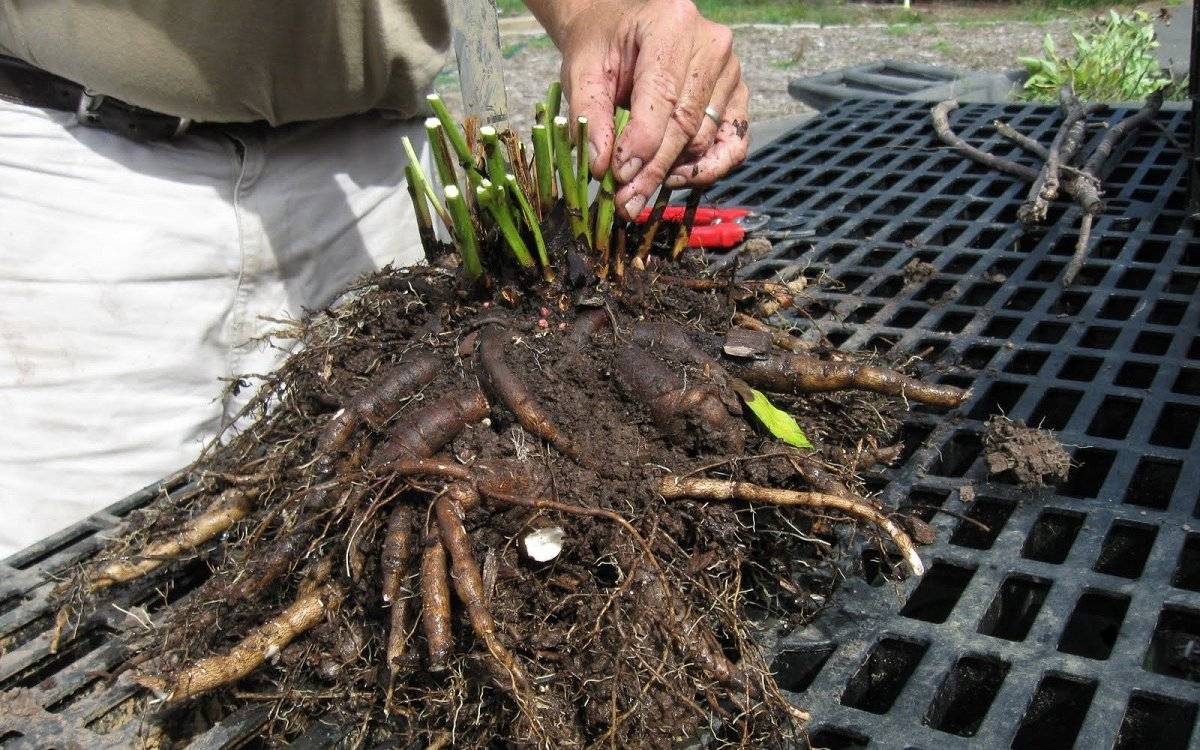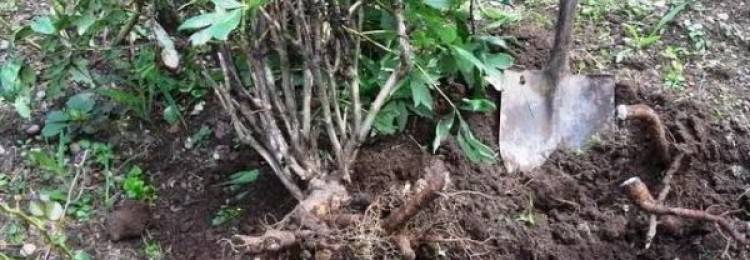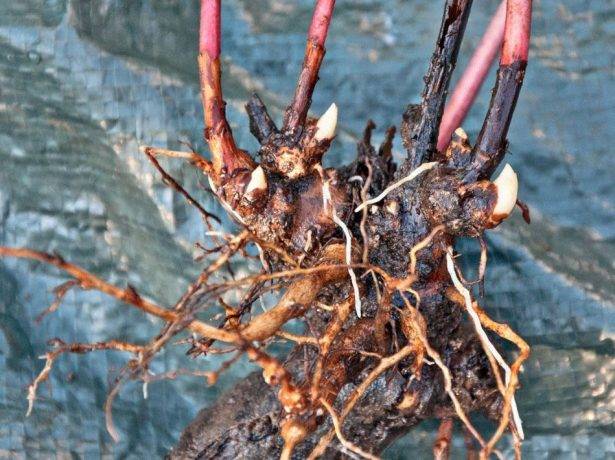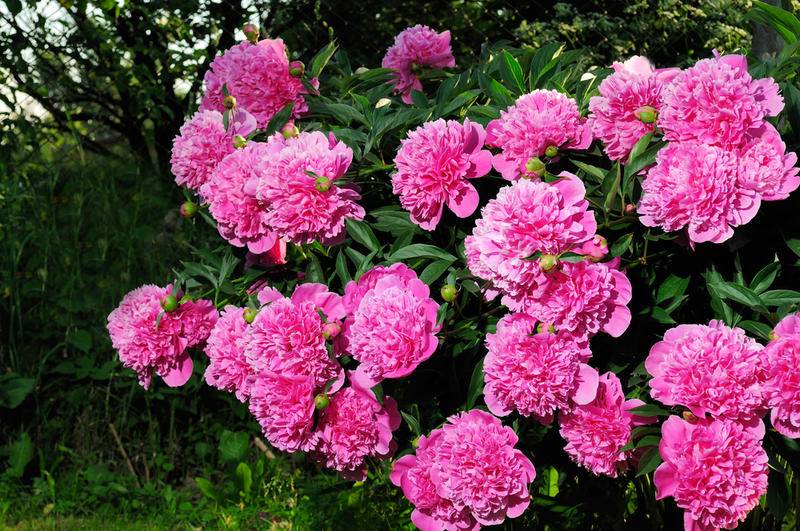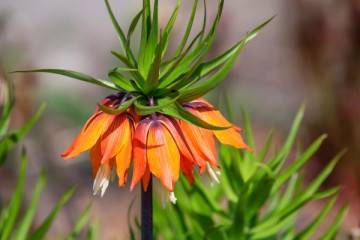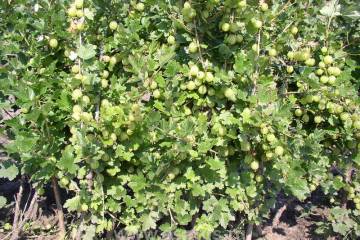When to replant peonies in spring, summer and autumn
Content:
The peony bush has deep and fragile roots, so it is painful to transplant. And the delenki then build up their power for a long time and bloom fully only in the third year. Knowing how and when to transplant peonies correctly, you can do it delicately so that the bush grows beautiful and healthy.
Why do you need a transplant
The peony bush is considered old after 6 years. Its flowering is scarce, and sometimes it stops altogether. This is due to the fact that the root system of the peony turns into a huge mass of roots. The old ones slowly release new shoots, and the food reserves in the ground are exhausted.
Thickening of the root system
The root system of a six-year-old peony looks like knots of fleshy thick roots. Often they are already hollow or rotten inside. Thick fleshy roots become a bait for rodents in early spring or autumn. Then whole tunnels the size of a mouse are gnawed into their roots. The roots grow slowly, and, accordingly, the green part too.
Transplanting peonies to a new place is primarily due to the fact that the soil under the bush has depleted. The pledged fertilizer during planting is enough for two years, then the bush is fertilized regularly, but this is not enough. Most of the food comes from the soil. Peony roots go deep, but do not spread widely to the sides. And just the most fertile soil layer is the top 20 cm. The roots simply have nowhere to take strength for new growth and flowering. Its growth slows down, and the ejection of buds stops.
Features of planting at different times of the year
In order to choose the right time to plant peonies, it is important to know the structure of the root system of the shrub and the characteristics of its growth. The main massive part of the root is a storehouse of valuable reserves. These thick roots feed the bush during hibernation, protecting the peony from frost. Thinner processes from them are a platform for the growth of buds and stems. These processes are responsible for the density of the bush and the volume of flowering, because it is on them that replacement buds and new shoots grow. The buds of these roots appear at the end of September and look like thin white root shoots.
The last and most important type of peony root is the suction root. They are very thin white, look like a spider web. It is for these roots that such a deep and nutritious planting pit is made. They collect and suck moisture and food into the bush. The degree of survival of a young peony seedling depends on their presence. But you need to catch the moment when to transplant the peony to another place.
In the spring
The main disadvantage of the spring transplant is that you can be late. In the spring, the plant wakes up and begins to actively build up suction roots. If at this moment you dig up a peony bush and damage most of these roots, there is a high probability that the bush will die. He will simply have nothing to feed on, and he will exhaust all his reserves from massive roots-pantries.
If you still plant peonies in the spring, then it is better sooner than later - as soon as the snow has melted and the bush has not yet woken up. In this case, the roots will be still dormant and will wake up in a new place after transplantation.In spring there is a lot of moisture, the sun does not overheat the soil. Often, such seedlings actively grow their root system and successfully leave in winter, and even release buds the next year.
In summer
In the summer, there is an active increase in green mass. The suction roots have grown and are firmly anchored in the soil. In the summer, they grow very slowly and fulfill their main function - the delivery of food and moisture. Many varieties bloom in June and July. During flowering, all the forces of the shrub are aimed at providing buds.
During the summer transplant, the suction roots break off and the feeding process is disrupted. The seedling is transplanted to a new place, new roots will not grow, and the old ones will not recover. It turns out that the seedling will live off its reserves in thick roots. Plus, the weather conditions of summer do not allow the young peony to successfully take root, the soil overheats under the rays of the scorching sun, the moisture evaporates quickly.
In autumn
After flowering, the shrub goes into winter preparation mode. The growth of green mass stops in him and the phase of accumulation of nutrition begins. The suction roots actively absorb food and begin to grow again. Renewal buds are already formed and ready for the next season.
It is at this moment that the bush is as ready as possible for division and transplantation into new soil. The roots are nourished with reserves and are ready for winter. After transplanting, they only need 30 days to root. During this period (before frost), they will have time to build up a fine mesh of suction roots.
Therefore, a period should be chosen depending on the climate. For residents of the northern latitudes of Russia, this period is from mid-August to mid-September. Throughout September, peonies can be transplanted to gardeners in the Middle Lane, and the southern regions can wait until early October.
In the matter of autumn replanting, you can be late. At the end of September (for the Middle Lane), young pantry roots begin to grow actively. They thicken and replenish for winter. It is important to be in time with the planting before this moment, otherwise the division will not overwinter.
Preparing the transplant site
The new growth site should be well lit, protected from wind and drafts, but without air stagnation. It is also worth avoiding areas where water stagnates and groundwater passes near. In an excess of moisture, the peony roots quickly rot and are affected by fungal diseases.
The future growth site is prepared two weeks before the transplant:
- A landing pit 50 × 50 cm and a depth of 60 cm is dug.
- Drainage from broken bricks and rubble is laid out on the bottom.
- The planting pit is filled with a nutrient mixture from a bucket of humus, a bucket of sand and a glass of superphosphate.
How to dig up peonies
It is not enough to know how to plant peonies and when, you need to dig up the shrub correctly. During the work, the roots of the peony are damaged, and this cannot be avoided. For transplanting, it is important to preserve the node of the roots-pantries and young root outgrowths. Root outgrowths contain buds, which will grow, and thick roots - reserves for the rooting and wintering period.
To collect high-quality planting material, the bush should be dug out according to a certain pattern:
- Measure 40 cm from the outermost stems and dig in a bush in a circle. If the bush is more than 7 years old, you should take a distance of 50 cm.
- It is better to dig in with a pitchfork, so the likelihood of causing serious damage is reduced.Next, with a bayonet shovel along the dug circle, you need to carefully move the clod of earth with the bush, slightly lifting it. Sudden movements and jerks can be very harmful to the planting material. Root shoots are thick but very fragile. Pulling the stems is prohibited. Shoots hold on to old root growths very weakly. They will quickly break off along with the kidney.
- The stems are cut to a height of 10 cm.
How to split
One division must necessarily contain:
- a small part of a thick, fleshy root;
- 2-3 young root processes on which buds grow;
- 3-5 pink buds.
If a part has only one bud, you can plant that too. The young bush will bloom a couple of years later. Too many buds can severely weaken the root of the peony.
Step-by-step instructions for landing in a new location
When the seedling and planting hole are ready, it remains to plant the peony. Correct peony transplant step by step:
- A rod or stick is installed across the landing hole. The main thing is to have an even level. It measures the deepening of the kidneys. For herbaceous varieties, the distance from the surface of the ground to the buds is no more than 4 cm; for tree-like species, the buds should be level with the soil. If you deepen them, the peonies will not bloom, if you plant them too high, they will freeze.
- The seedling is set at a level and covered with soil.
- Next, the hole is watered with water and the soil is poured again when it sags.
Further care
Caring for a young seedling forms its resistance to weather conditions. Further care for a young bush during the next season directly affects its growth and flowering.
The main points of caring for a transplanted peony:
- watering. If the peony was transplanted in the fall, then watering should be moderate and taking into account the weather. A month after transplanting, there should be a maximum of three waterings. During the spring transplant, watering should be abundant and frequent;
- flower bed care. Around the young peony, you need to regularly loosen the soil and remove weeds;
- mulch. A layer of mulch protects against moisture loss and abundant weed growth;
- wintering. For the winter, a young peony is insulated with a layer of sawdust, spruce branches or peat. The layer that protects young roots from freezing must be at least 15 cm;
- preventive treatment. In the spring, the peony should be treated against pests and diseases. Young bushes are most susceptible to diseases and attacks of parasites.
The next summer, one bud is left on a young bush. As soon as it blooms, it is cut and examined for compliance with the variety. If there are flaws in color, shape or aroma, the procedure is repeated the next year, again leaving one flower until the flower acquires its varietal characteristics completely.
How to plant peonies and when it is better to do it for a plant and a gardener is information useful not only for novice breeders of peonies, but also for experienced connoisseurs of these lush garden bushes. After all, transplantation and reproduction are part of the full care of the plant.
